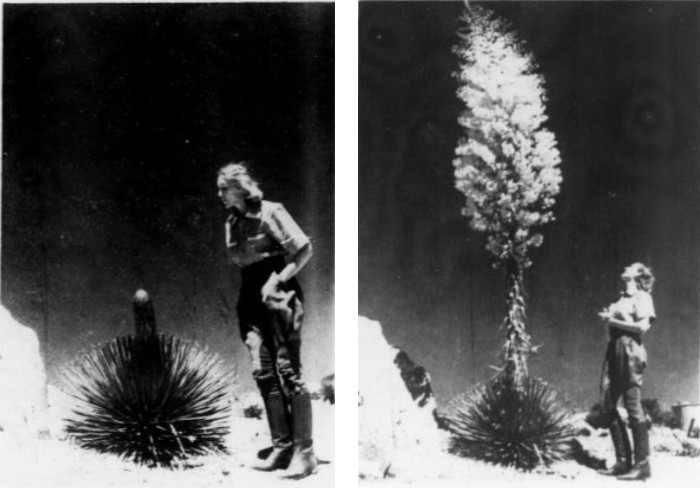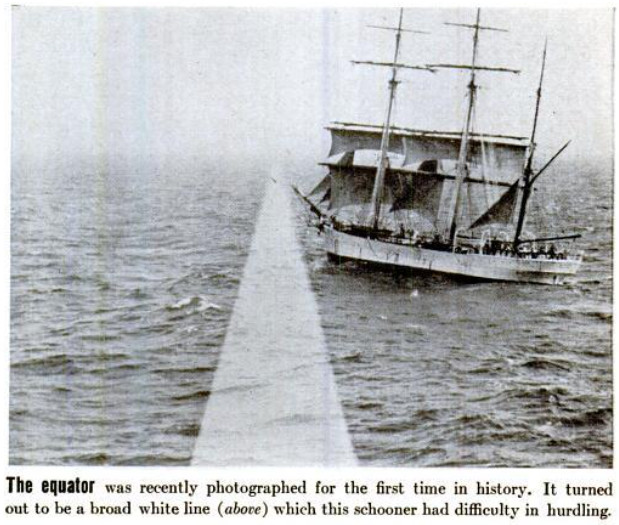On April 11, 1916, inventor Louis Enricht invited a group of reporters to his Long Island home. He showed them a car with an empty gas tank, filled a porcelain pitcher from a garden hose, stirred in a greenish fluid, poured the mixture into the car’s tank, and signaled his son to crank the engine. The car started up. Enricht announced that he’d discovered a gasoline substitute that could be made for a penny a gallon.
Chemists denounced the claim as impossible, but Henry Ford began talks with the inventor. These broke down over a dispute with the Maxim Munitions Corporation, with which Enricht was apparently also talking.
The affair went quiet for a year, but in November 1917 railroad financier Benjamin Yoakum accused Enricht of treason: Yoakum had been financing the project but now Enricht refused to turn over the formula, and Yoakum feared that he may have sold the secret to the German government. Enricht admitted to meeting with the Germans but insisted that he hadn’t given them the formula — in fact, he’d burned the only copy.
In the early 1920s he promoted a similar scheme, claiming he could produce fuel from peat, but this too remained unsubstantiated, and he ended up in Sing Sing. When he died in 1924, he took the secret to endless gasoline with him. Possibly the whole thing was hot air (he had a long history of swindles). Possibly the secret ingredient was really acetone, which would have fired the car’s engine long enough to persuade onlookers but would produce corrosion and in any event was more costly than gas. And just conceivably his claim was true — but no one’s ever been able to rediscover the formula.



